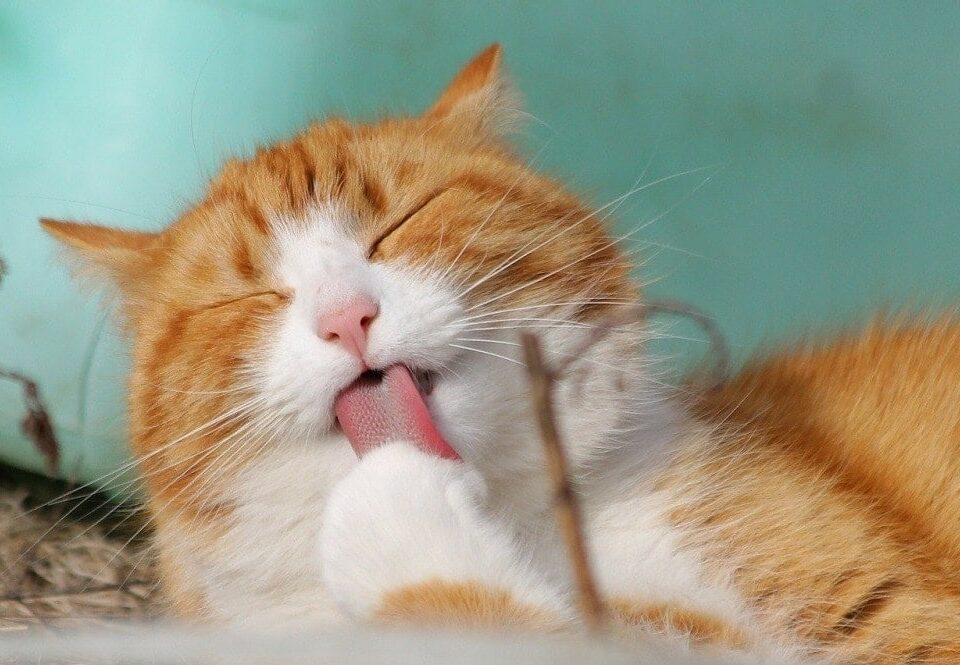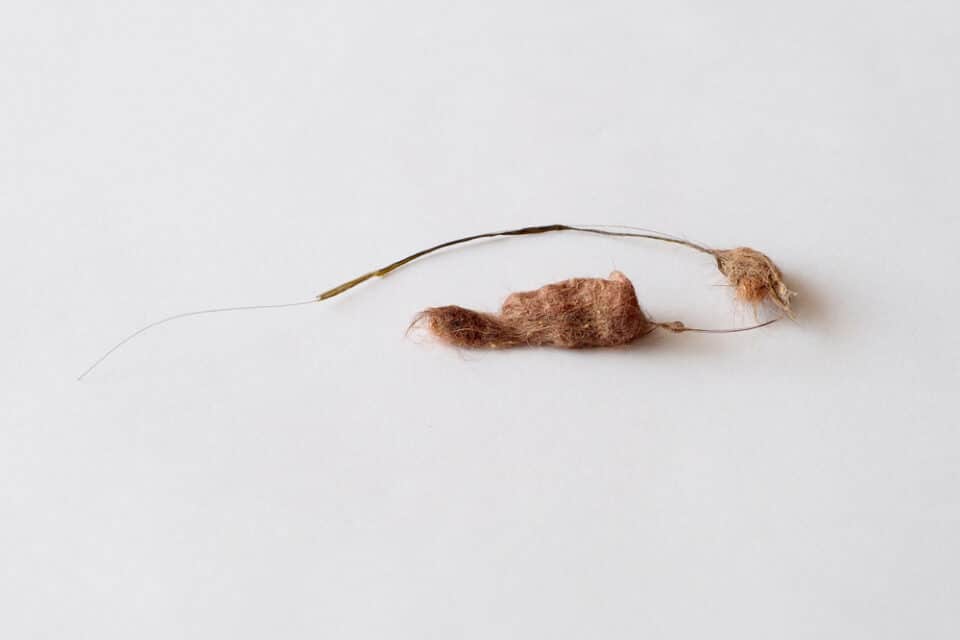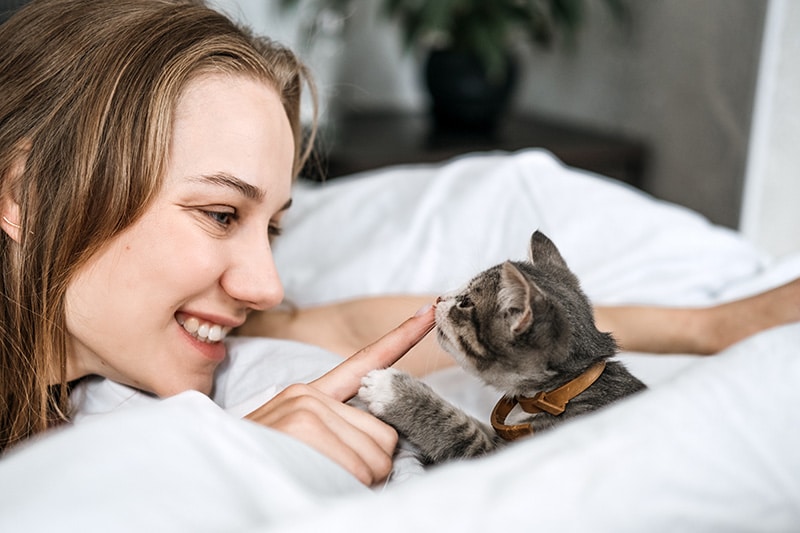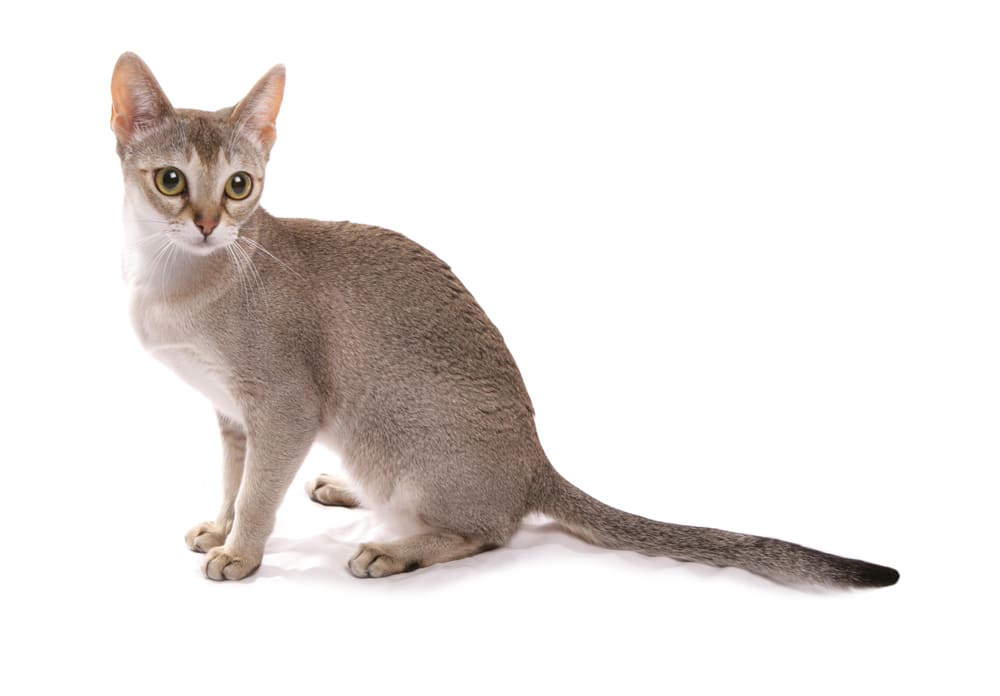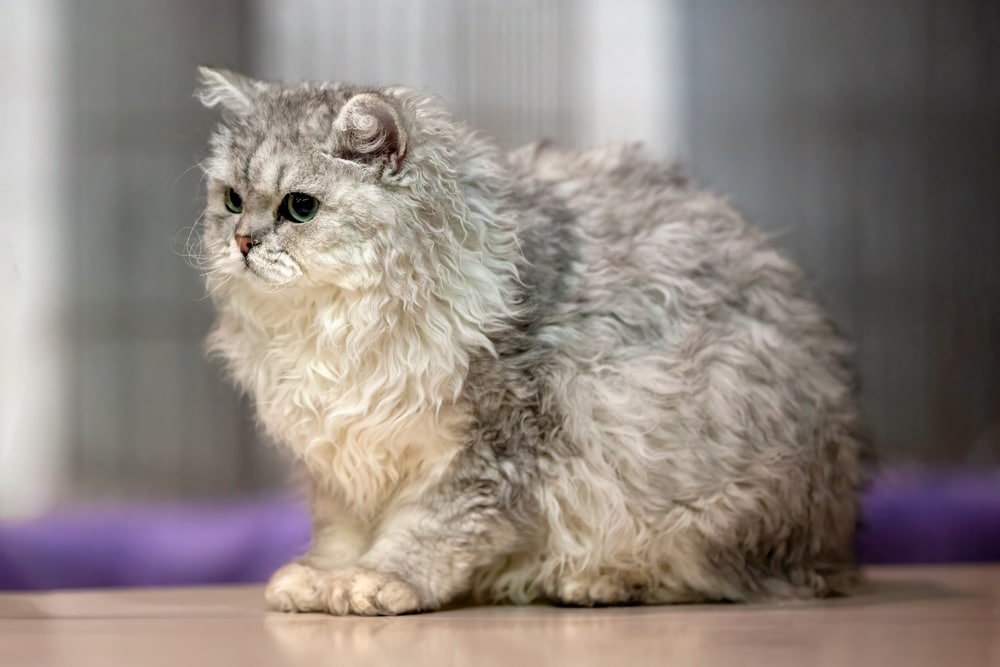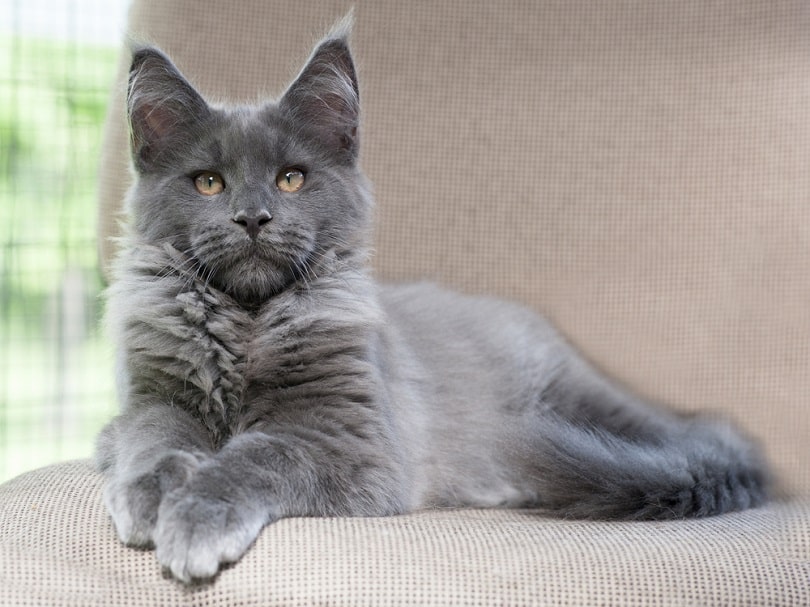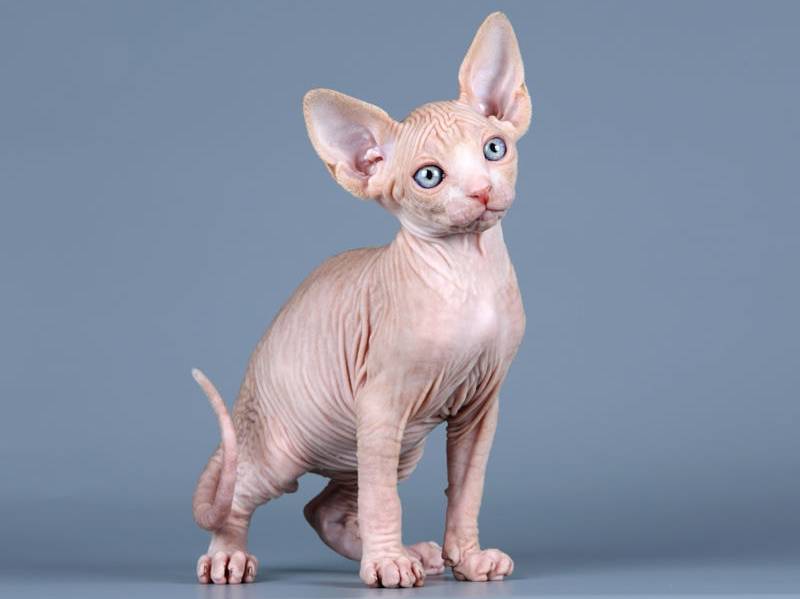Ever noticed your feline friend licking, chewing, or scratching away a bit too often? 🐱 While grooming is a daily routine for cats, excessive grooming may signal an underlying issue. If your kitty is transforming from self-cleaner to an over-enthusiastic fur stylist, it’s time to pay attention.
Understanding why cats over-groom can help you address the root of the problem. From allergies to stress, various factors may trigger this behavior. It’s essential to identify these causes early on to ensure your cat is comfortable and healthy. Let’s unravel the mystery behind your cat’s grooming obsession.
Cats can be sensitive little creatures, and allergies often top the list of reasons for over-grooming. Whether it’s food allergies, contact dermatitis, flea allergy dermatitis, or environmental allergens, itchy skin is a common outcome. You’ll probably notice inflammation, sores, or crustiness accompanying the itch. Sometimes, cats may also show signs like diarrhea or vomiting if food allergies are the culprits.
Uninvited guests, such as fleas or ear mites, can wreak havoc on a cat’s skin, leading to over-grooming. This behavior isn’t just limited to licking; scratching and chewing often come into play. Some nasty bacteria or fungi might move in, causing infections like ringworm. Keep an eye out for unusual smells or skin changes like flakiness or bumps.
Your cat’s smooth skin could turn flaky or bumpy due to these pests and infections. Not only is the over-grooming a signal, but an unusual odor might tip you off. Bacterial or fungal infections are a possibility and should be dealt with promptly.
Sometimes, a health issue might be the root cause of that excessive grooming. Various conditions could be at play, including hyperthyroidism, autoimmune disorders, certain cancers, or urinary tract infections. Vets stress the importance of a thorough checkup if over-grooming is observed. Ignoring this advice might leave a serious condition untreated.
Vets might run some tests or suggest specialized treatments if an underlying medical condition is suspected. Early detection makes all the difference in managing these issues effectively.
Vets often warn that if over-grooming persists, it might indicate something more serious than just a regular itch. So, ensuring your cat gets the necessary health checks can provide that extra peace of mind.
Cats often over-groom to soothe pain caused by injury or illness. If pain is confined to a particular area, your cat might obsessively lick there hoping to find relief. A cat with a urinary tract issue might target its belly or genital area, while arthritic cats could focus around their sore joints.
Observation is key here—where your cat grooms might hint at where it hurts. Pay close attention to persistent licking in certain areas.
Believe it or not, stress can also lead to over-grooming in cats. Big changes like moving, new pets, or a shift in the daily routine can cause enough anxiety to affect your kitty’s grooming habits. Grooming is their way of releasing stress by liberating endorphins.
Though easily overlooked, stress is a prevalent cause of overgrooming.
Finding ways to create a calming environment might help ease stress-related over-grooming.
The clues are there if you pay attention! Excessive licking, biting, chewing, or scratching, especially on the belly, flanks, or legs, are tell-tale signs. You might also notice bald spots or an increase in hairballs. Skin redness or sores can appear if the behavior becomes obsessive.
Regularly checking your cat for these signs can ensure early intervention.
Your first move should always be a trip to the vet to pinpoint the problem. Even if your cat seems fine otherwise, a vet can help differentiate between over-grooming and normal behavior. Once identified, the solution might range from regular flea control to specialized medications.
Addressing over-grooming requires a thorough understanding of the underlying cause. Working closely with a vet ensures the most efficient and effective management.
Understanding what exactly is causing your cat’s excessive grooming is essential in finding the right solution.
Encourage a peaceful home by ensuring your cat has its own space and routine. Regular feeding, playtime, and quiet spots can reduce stress levels considerably. Besides environmental modifications, physical exercise plays a significant role in keeping your feline friend relaxed.
Sometimes, addressing the very layout of your home can make a world of difference.
With some simple changes, you can transform a stressful environment into a refuge.
Playing regularly with your cat not only strengthens your bond but also helps alleviate stress and reduces the chance of over-grooming. Interactive games and toys foster mental stimulation, which often serves to distract from over-grooming.
Engagement in play isn’t just for fun—it’s a necessary part of a cat’s routine that keeps both body and mind active.
The more your cat is occupied, the less likely they might indulge in excessive grooming.
In exploring the ‘why’ behind your cat’s over-grooming, the key takeaway is clear: it’s often an indicator that something more is going on. Being proactive and seeking a vet’s help at the earliest signs can make a significant difference. Addressing this behavior paves the way for a happier and healthier feline. 🎉
